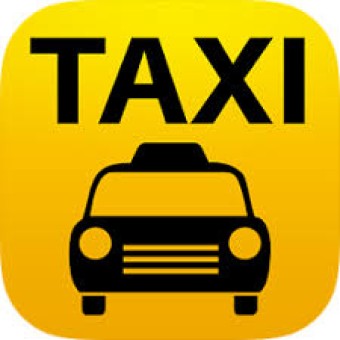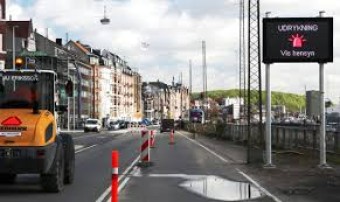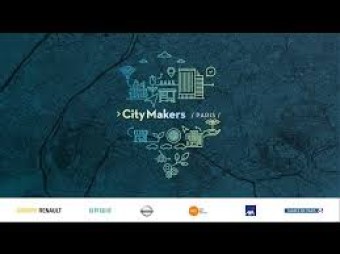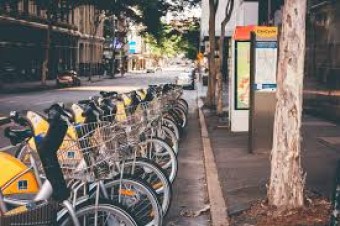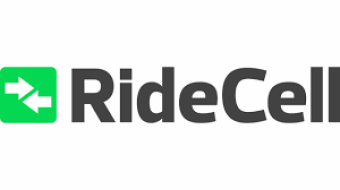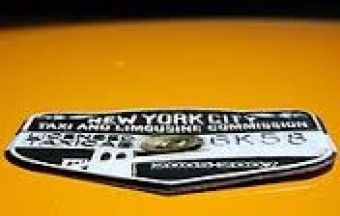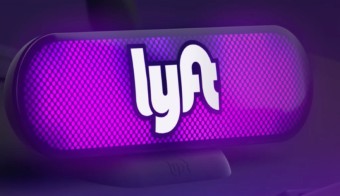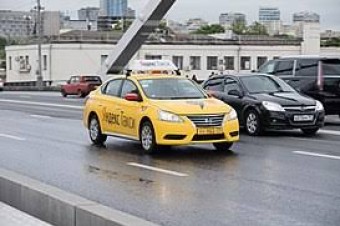Uber thought it was in a winner-takes-all market. So what went wrong?
As the ride-hailing company Uber lurched from one clumsy mess to the next, it had appeared that CEO Travis Kalanick would somehow ride out the storm. His recent resignation is an admission that the company needs to explore new avenues.
I wrote recently about tech CEOs who had protected themselves from the usual pressure from shareholders, and were able to freely dictate strategy and culture. I’m happy to say that Kalanick’s departure from the top job (he will stay on the board) signals that there is indeed a line to cross where even disenfranchised investors can assert their power. It is not hard to see why: Uber is facing up to some tough decisions.
Aside from the rows ariund a damaging corporate culture, news that rival Lyft has increased its share of the US ride hailing market from 17 per cent to 23 per cent is rapidly destroying investor assumptions about this industry. Uber investors have stumped up $12bn in the belief that this is a winner-takes-all market. That now looks not to be the case.
This is great news for the customer as low fares are likely to persist. Uber investors had been funding incentives to both customers and drivers in the hope that both would stay put once the incentives stopped. Evidence is beginning to suggest otherwise. Uber’s 2016 losses, largely driven by the funding of incentives globally and from the development of driverless car technology, were $2.8bn.
So where did that winner-takes-all belief come from? Well, investors had looked at Amazon, Facebook and Google. The first mover in those cases developed a large customer base attracted by an increasing number of suppliers. In turn, suppliers found access to large numbers of customers and had no motivation to go elsewhere. The software simply does the matching.
An Uber customer wants a quick pick-up and cheap fares while the drivers want to be busy generating higher wages. So, in theory, an app which offered both at a high level, and was first to market, should attract most of the drivers and customers.
However, the app is readily copied. Many taxi firms now have their own app with similar attributes. Customers may now have several ride hailing apps on their phones which they can check for the cheapest and most rapid arrival. Additionally, drivers are self-employed and can switch their allegiances rapidly. This is not a recipe for world domination.
John Colley is associate dean at Warwick Business School, University of Warwick. Continue reading his story:
http://www.citymetric.com/business/uber-thought-it-was-winner-takes-all-market-so-what-went-wrong-3173?amp
- Uber thought it was in a winner-takes-all market. So what went wrong?

